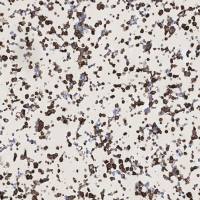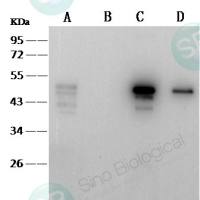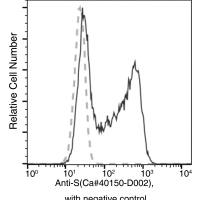Antibody Humanization by CDR Grafting
互联网
3650
The goal of antibody humanization is to engineer a monoclonal antibody (MAb) raised in a nonhuman species into one that is less immunogenic when administered to humans. The development of this technology had transformed the stagnant state of antibody therapeutics in the 1980s, when the major obstacle was the human anti-murine antibody (HAMA) response (1 , 2 ). The HAMA response occurred in up to 50% of patients upon the administration of murine hybridoma-derived antibodies (3 ) and severely compromised the safety, efficacy, and biological half-life of these reagents. In addition, murine antibody constant regions are inefficient in directing suitable human immune effector functions for therapeutic effects. Efforts to produce human antibodies by hybridoma technology (4 ) and Epstein-Barr virus (EBV)-mediated B-lymphocyte transformation (5 ) have met with limited success, but their widespread application is hampered by the lack of robust human hybridoma fusion partners and the instability of EBV-transformed clones, respectively (see ref. 6 –8 for review). Consequently, humanization technology was well-placed to exploit the plethora of murine MAbs against a variety of disease targets and turn them into effective clinical reagents.









